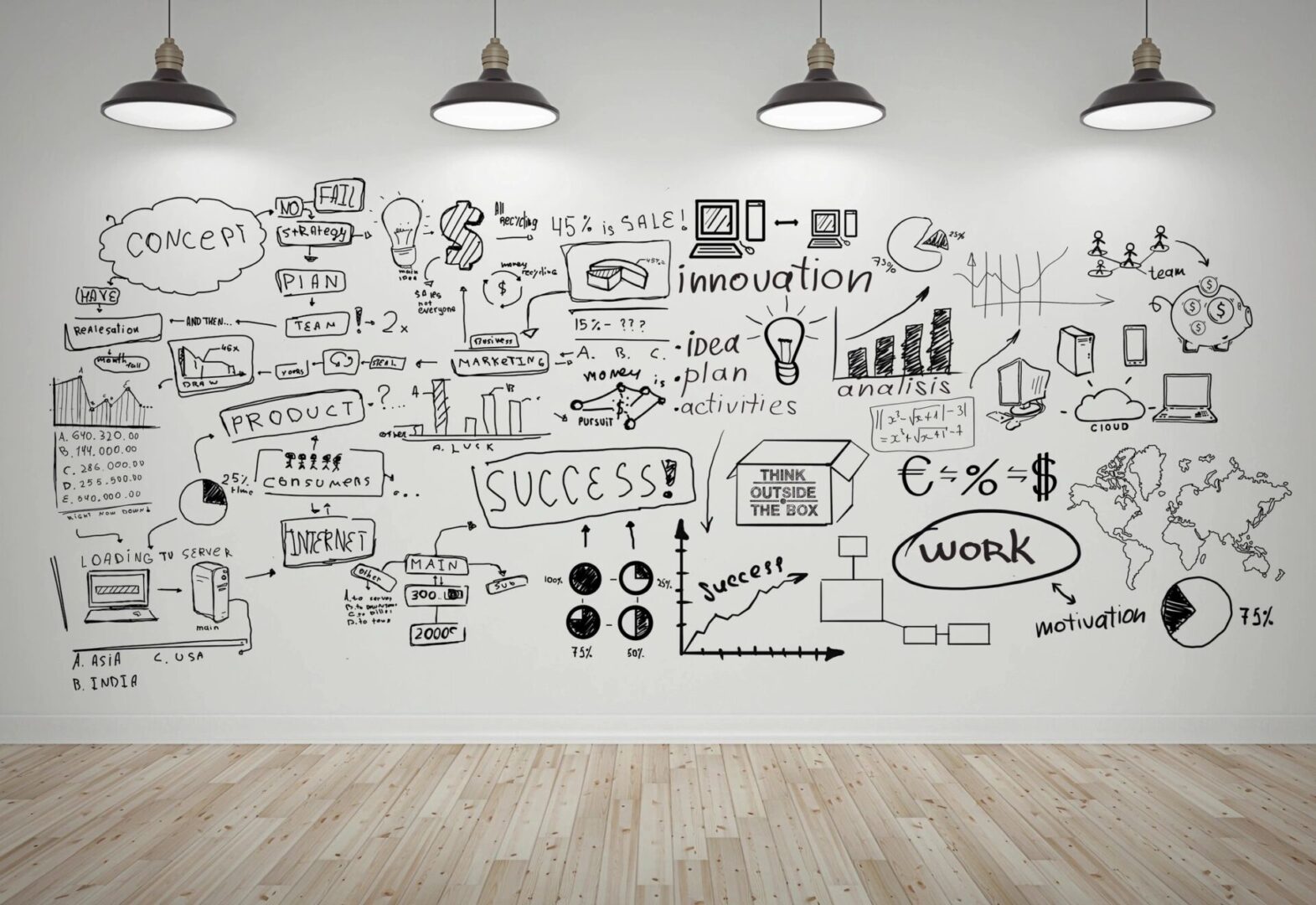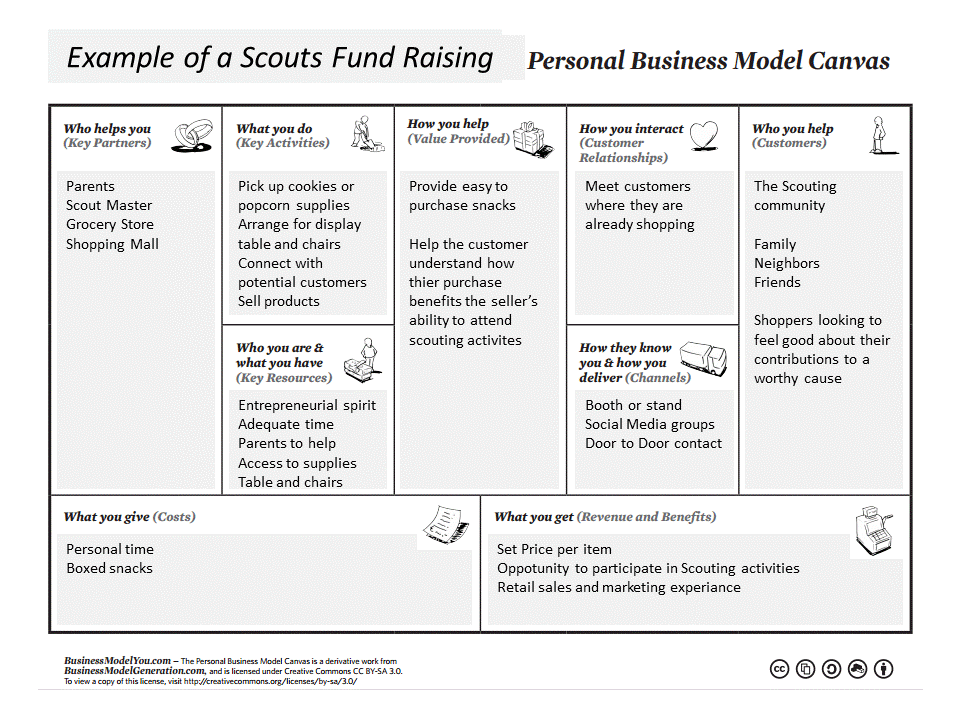Success Strategies' Blueprint
Your business model is like a blueprint for the strategy that you want to implement through organizational structures, processes, and systems.
Do You Want To

Business Model Canvas (BMC)
I use the Business Model Canvas (BMC)to teach entrepreneurs and leaders in fast-growing businesses across various industries. The BMC is a much better way to translate business plans into executable operations processes. These businesses (will) need to ensure that they are focused properly on being Customer-Centric to make the business as highly profitable as possible.
The BMC does a great job assisting teams in thinking holistically about their business and preventing them from getting stuck on details. This helps to make their new venture a success.
One-On-One Coaching
Simply get in touch to book a 1:1 strategy coaching call with me. During that call, we'll discuss how I can help you to:
Blue Ocean Strategy
Blue Ocean Strategy is a potent method for questioning value propositions and business models and exploring new customer segments. This involves increasing customer value by creating new benefits and services while simultaneously reducing costs by eliminating less valuable features or services. In the Business Model Canvas, the right-hand side represents customer-focused value creation, and the left-hand side represents costs and infrastructure.
These Four Key Questions Challenge a Company's Strategic Logic and Established Business Model
- Which of the features or services that the company takes for granted should be eliminated?
- Which features or services should be reduced well below the company standard?
- Which features or services should be raised well above the company standard?
- Which features or services should be created that the company has never offered?
Investing On World-Class Creations
Here are some infrastructure investments you may want to make and analyze how much value they create.

Transform Your Value Proposition By Analyzing These Questions:
Detailed Attention to Customer Segments
Analyze what happens to the cost side if you eliminate, reduce, raise, or create value side elements.

Upscale Capabilities
Organizational leadership that wants to scale up their capability and explore new growth opportunities will find that the Business Model Canvas helps them operate their businesses, focusing on being customer-centric to make the business as highly profitable as possible.
Five-Phase Model
The process described below provides a starting point upon which just about any organization can customize its own approach. This process follows Alex Osterwalder's outline in his book "Business Model Generation," a five-phase process for designing business models: Mobilize, Understand, Design, Implement, and Manage.
Mobilize: Prepare for a successful business model design project.
The main activities of this first phase are framing the project objectives, testing preliminary ideas, planning the project, and assembling the team.
Understanding: Research and analyze the elements needed for the business model design effort.
This phase consists of developing a good understanding of the context in which the business model will evolve.
Design: Adapt and modify the business model in response to market response.
To generate breakthrough ideas, team members must develop the ability to abandon the status quo (current business models and patterns) during ideation. An inquiry-focused design attitude is also crucial. Teams must take the time to explore multiple ideas because the process of exploring different paths is most likely to yield the best alternatives.
Implement: Implement the business model prototype in the field.
This includes defining all related projects, specifying milestones, organizing any legal structures, preparing a detailed budget and project roadmap, and so forth. The implementation phase is often outlined in a business plan and itemized in a project management document.
Manage: Adapt and modify the business model in response to market reaction.
The manage phase includes continuously assessing the model and scanning the environment to understand how it might be affected by external factors over the long term. Consider organizing regular workshops with cross-functional teams to evaluate your business model and its long-term evolution.

Challenges
The challenge, though, is that business model innovation remains messy and unpredictable, despite attempts to implement a process. It requires the ability to deal with ambiguity and uncertainty until a good solution emerges. This takes time.
Challenges
Redefined IT Alignment
Using the BMC is an interesting way to explore IT alignment. By pairing categories of IT infrastructure service with business models; aligning business models with application infrastructure, communications management, data management, IT management, security, IT architecture, channel management, IT research and development, and IT training and education.
"Making the transition from a skill focus to a value focus can be agonizingly hard."
Making that switch involves a dichotomy of implementing your learned skills to one of answering the question: "What you do" and "Who you help."

Business Soaring High
Here is a powerful reminder of why Channels are crucial to your personal business model:
(1) You must define how you help to communicate, how you help,
(2) you must communicate how you help to sell how you help, and
(3) you must sell how you help in order to get paid for helping.



